The first unit in our writing program was always teaching the coordinating conjunctions.
I always felt so goofy teaching this to 6th graders. I mean… do they really not know the difference between “and” & “but”?
My friend Mike mentioned that he has students start sentences the same way, but change the conjunction as a way to see how each conjunction affects the flow of a sentence. I ran with this idea.
Structuring The Lesson
I model each conjunction using my own sentence starter:
“Pluto is a dwarf planet…”
I had seven conjunctions, so I broke the lesson into three parts:
- and, yet
- for, so, but
- or, nor
This allowed me to model my own sentences and let kids practice with a small number of conjunctions before moving onto the next set. I picked each set to highlight the differences – you might choose different sets.
- Pluto is a dwarf planet, and…
- Pluto is a dwarf planet, yet…
- Pluto is a dwarf planet, for…
- Pluto is a dwarf planet, so…
- Pluto is a dwarf planet, but…
- Pluto is a dwarf planet, or…
- Pluto is not a dwarf planet, nor…
And so on. Then, I gave students some “optional options” as their starting points:
- The Blue Whale is the world’s largest mammal.
- Rainforests are home to more than half of the world’s species.
- The moon is the earth’s only natural satellite.
Shoutout to Mike for recommending this as a way to write within science and/or social studies AND practice conjunctions.
Related Videos For Byrdseed.TV Members


